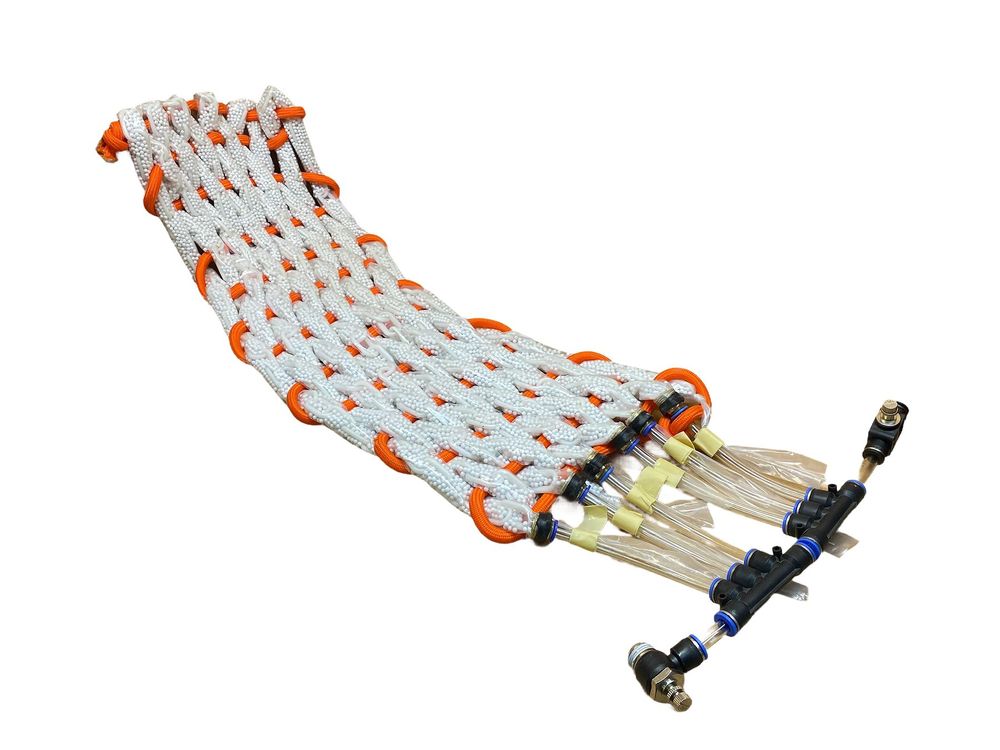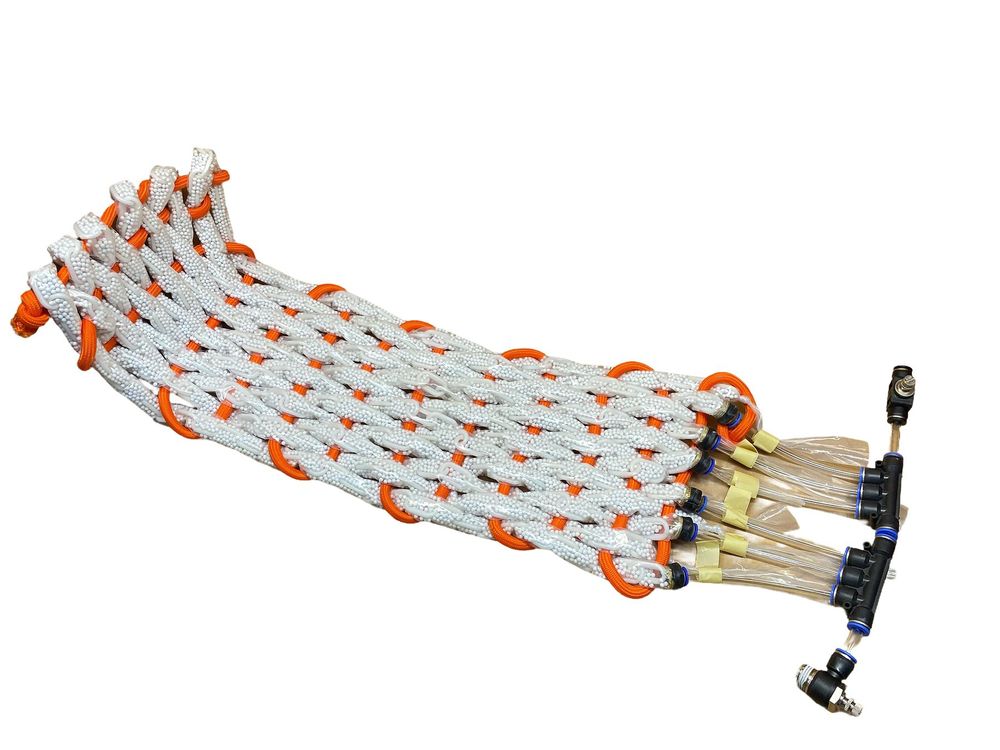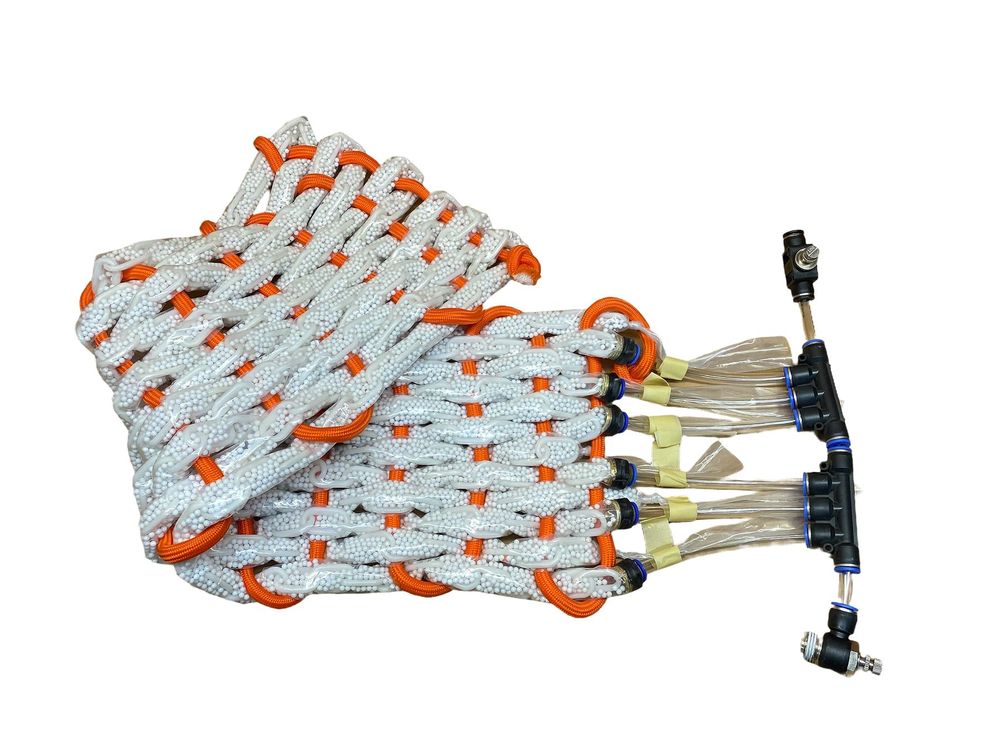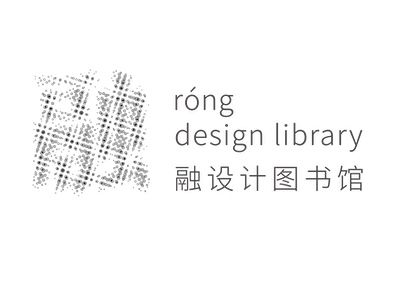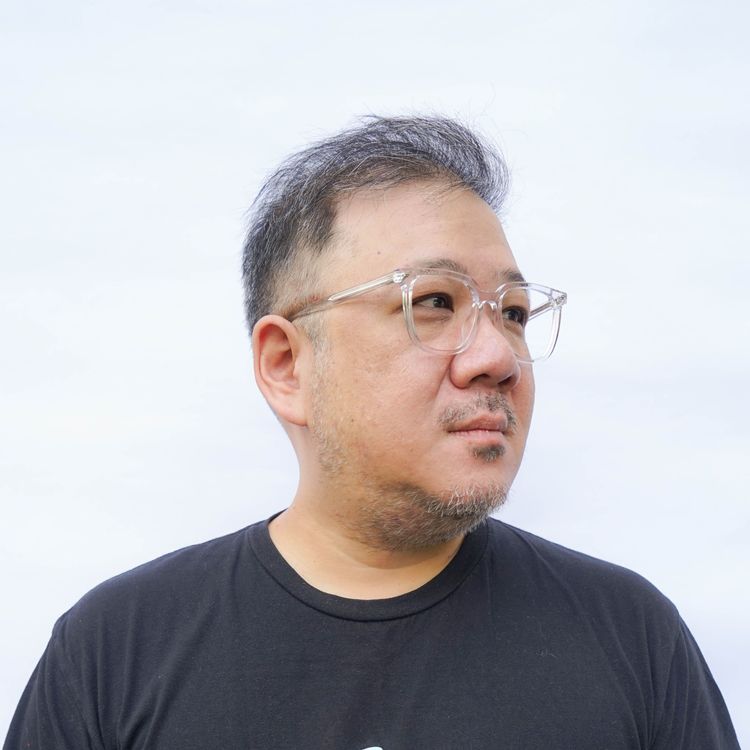Bill Yen
Education:
Harvard University, Graduate School of Design, 99 – 03 (M. Arch)
Duke University, 94 – 98 (BA, Economics & Studio Art)
Work:
MRT design, Shanghai, Founding Partner, 06 – Present
MRKT products, Shanghai, Founding Partner / Design Director, 2008 – 2010
Academic:
2012 – 16 Fudan Shanghai Institute of Visual Arts, Professor
2010 – 16 Hong Kong University (Shanghai Campus), Lecturer
2003 – 04 Tongji University Shanghai, Visiting Scholar, Urban Planning
Granular Jamming Weave
Material:Wheat straw, steel and cloth
Size: 800*300*50mm(Variable size)
The project has been an exploration of weaving combined with other technologies to produce a structural system. The project as presented is a speculation on a woven object that has dynamic structural performance depending working on the principle of “granular jamming”. Historically speaking, weaving, the process of forming fabric by interlacing threads, has been to produce fabric which is mainly associated with being pliable and soft. While there are examples of weaving used to produce strong and resilient structures like FRP (fiberglass reinforced plastic) or bamboo baskets, they remain static in their performance characteristics and loses many of the characteristics we generally associate with weaves and fabric.
Our object is a fabric which has been woven with tubes filled with beads and chains. When the tubes with the infill are subject to a vacuum, the loose infill clumps up and forms a structurally stable matrix and want to stay in that shape. Without the vacuum the tubes are flexible and the fabric matrix it is woven into is pliable. One can imagine this as a flat packable object that can be deployed to take an arbitrary shape and then be stiffened after it has taken a particular shape. Compare to a pneumatic (positive pressure) structure which we also tried, the woven matrix can only take on one shape after it has been pressurized.
